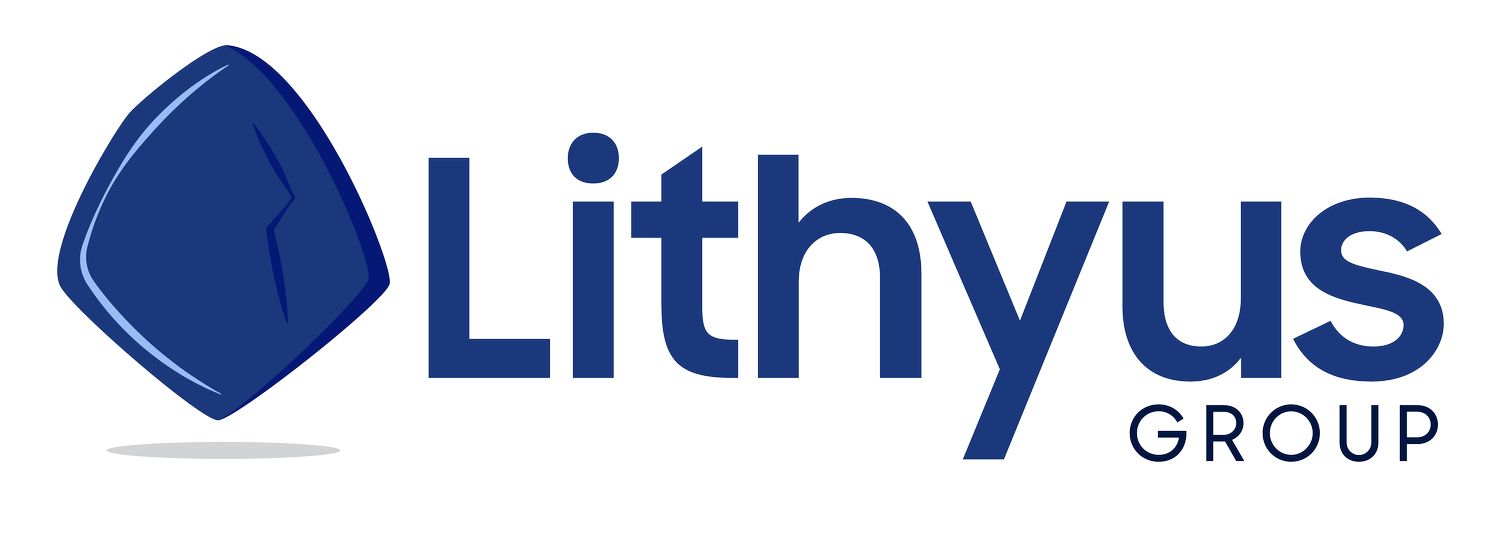Understand How the Rest of Your Organization Views Your Best Employees
Each of us has our own view of the world. But our single perception is not the complete truth. This is especially true when it comes to an understanding our team members. The ancient Indian parable of the blind men and the elephant demonstrates the importance of full context.
The Blind Men and the Elephant
Six blind men come upon an elephant. Not knowing what it is, they each begin to use their hands to feel and identify it. The first touches the trunk and declares the animal to be a snake. The second feels the ears and says it is a palm tree, while the third, who touches a leg, states it must be a tree. The fourth pats the animal’s sides and says it’s a wall. The fifth grabs the tail says it is a rope. The sixth feels a tusk and announces that it is a spear. None of them has the complete picture, so they cannot fully understand. Yet each of them is willing to declare what they perceive to be the truth.
“Elephants” in the workplace
In many organizations, the most valuable team members are like the elephant in the story. Perceptions of who they are and what they do vary because their points of interaction differ across multiple functional areas.
Unfortunately, these varying perspectives typically first come to light when a team member is promoted or leaves. The classic “you don’t know what you’ve got ’til it’s gone” situation. Suddenly, customers, colleagues, and managers fully appreciate all the person’s attributes.
How can you identify if you have this challenge? While it’s not “elephant,” these individuals often have other familiar names and reputations within the organization. They may be known as a “jack of all trades,” dedicated, legacy, vital, “right arm.” They may have access or influence beyond what is typical for their level in the organization.
A machinery operator who is known to every vice president
A purchasing agent invited to sales events
An engineer whose input marketing regularly seeks
Perhaps someone on your team is coming to mind.
Take action to understand
Having identified your “elephant,” ask three or four colleagues for their definition of the elephant’s role. Questions that drive this focus include
What does this person do?
How would you describe their job?
What are their responsibilities from your perspective?
How do they support you?
Now it’s time to talk to your “elephant” and ask for their thoughts on what you heard from others. Ensure the conversation focuses on positive recognition, appreciation, and a sincere desire to understand all the ways your employee contributes.
Job descriptions rarely reflect reality
You may notice that some of the most valued attributes and duties do not appear in the individual’s job description. Updating the job description to reflect reality is a visible sign to your employee that you value what they actually do, not just what they were hired to do. In addition, not updating the description could one day lead to an uninformed succession plan, poor hiring process, and dissatisfaction with the successor.
A recent example
A client recently faced this challenge after the abrupt resignation of a key team member. The temptation to immediately post a 10-year-old job description was great. However, leaders held listening sessions to learn what they should seek in a replacement. They heard that the former employee was both a gifted technical writer and a hands-on resource to the engineering team. He was also a willing road warrior – open to traveling to support customers at a moment’s notice. It became clear that travel conflicted with dedicated technical writing which also limited the hours available to the engineering team.
Ultimately, the tasks of the one role were supported by multiple new and redefined positions. However, one must wonder if balancing these three duties was not a contributor to the resignation and the loss of over ten years of institutional knowledge.
Take the lessons of that example and be proactive.
Identify one person on your team who you might consider a Jack or Jill of all trades.
Reach out to their fan club within the organization. Ask what Jack or Jill does and does for them. Their answers may surprise you.
Take action based on what you hear to recognize, retain, and support that individual.
